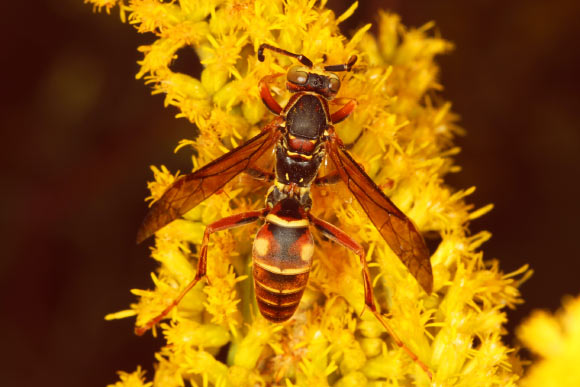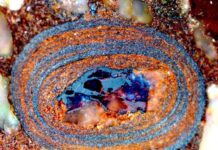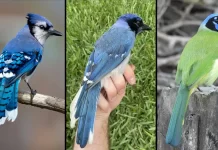One wasp species has evolved the ability to recognize individual faces among their peers—something that most other insects cannot do—signaling an evolution in how they have learned to work together.
A team led by Cornell University researchers used population genomics to study the evolution of cognition in the Northern paper wasp, Polistes fuscatus. The research suggests the wasps’ increasing intelligence provided an evolutionary advantage and sheds light on how intelligence evolves in general, which has implications for many other species—including humans.
“The really surprising conclusion here is that the most intense selection pressures in the recent history of these wasps has not been dealing with climate, catching food or parasites but getting better at dealing with each other,” said Michael Sheehan, professor of neurobiology and behavior, and senior author on the paper. “That’s pretty profound.”
Many vertebrate animals can recognize individual faces, at least in some circumstances, but among insects, facial recognition is quite uncommon. This study explored how and when this ability evolved by analyzing patterns of genetic variations within species.
“It’s kind of like 23andMe, but with paper wasps,” Sheehan said.
The few species of insects that can recognize faces share one trait: communal societies with multiple queens. In communal groups with a single queen, like honeybee colonies, the roles are clear, and each individual knows its place. But paper wasps may have five or more queens in one nest and facial recognition helps these queens negotiate with one another.
While the research focused on paper wasps, the primary question Sheehan and his colleagues wanted to answer was how intelligence evolves in general.
“Our finding indicated that cognitive evolution is not necessarily incremental,” Sheehan said. “There are mutations happening that cause big shifts. This suggests the possibility that rapid adaptation of cognitive ability could have been important in other species as well, like language in humans.”
The paper, “Evolutionary dynamics of recent selection on cognitive abilities,” was published in Proceedings of the National Academy of Sciences.















